 Physics
Physics
 |
||||||||||||||||
|
Subject Introduction
|
||||||||||||||||
|
The overarching aim of the Physics Curriculum is to provide physics-related learning experiences for students to develop scientific literacy, so that they can participate actively in our rapidly changing knowledge-based society, prepare for further studies or careers in fields related to physics, and become lifelong learners in science and technology.
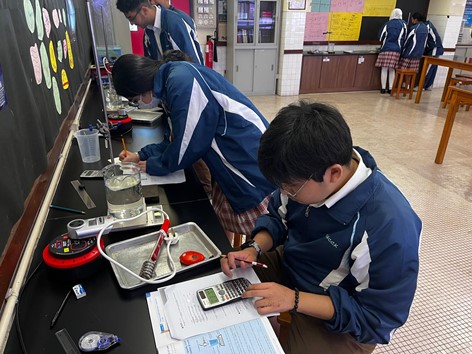 |
||||||||||||||||
|
Pathways to higher education and the workplace
|
||||||||||||||||
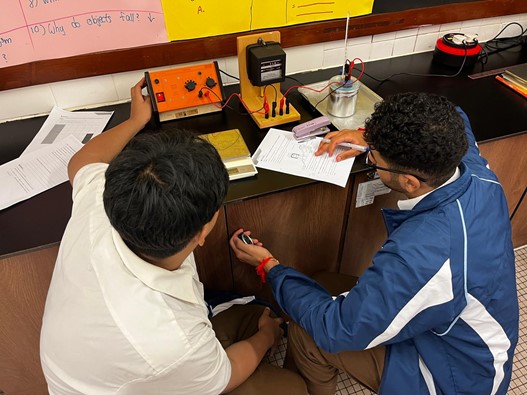 This curriculum makes it possible for students to pursue a degree or sub-degree course in a specialised study or other discipline which treasures a good foundation of knowledge and skills in physics, and values and attitudes. The ability to apply physics knowledge and skills to daily life phenomena will enable students to study effectively in a variety of vocational training courses. Furthermore, the development of logical thinking and problem-solving skills among students will be valued in the workplace.
  |
||||||||||||||||
|
Curriculum Structure and Organisation
|
||||||||||||||||
|
||||||||||||||||
|
Subject Acitivities
|
||||||||||||||||
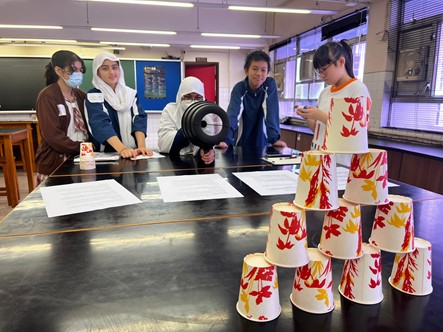 Math and Science Trial Activity
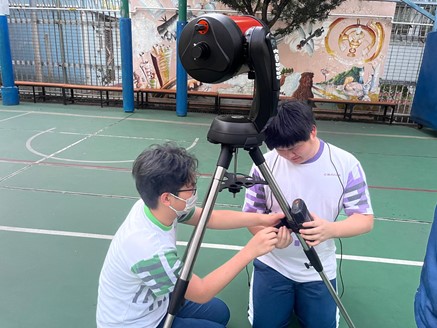 Learn how to use telescope
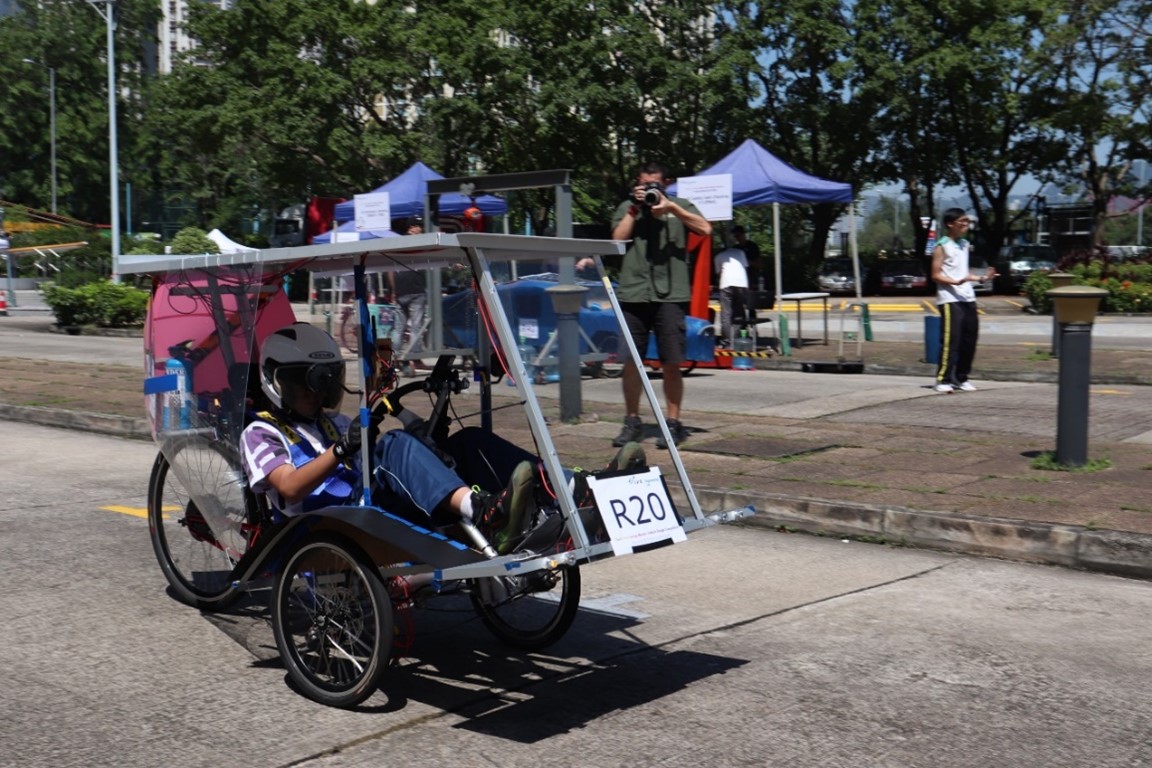 Rideable Solar Car Competition
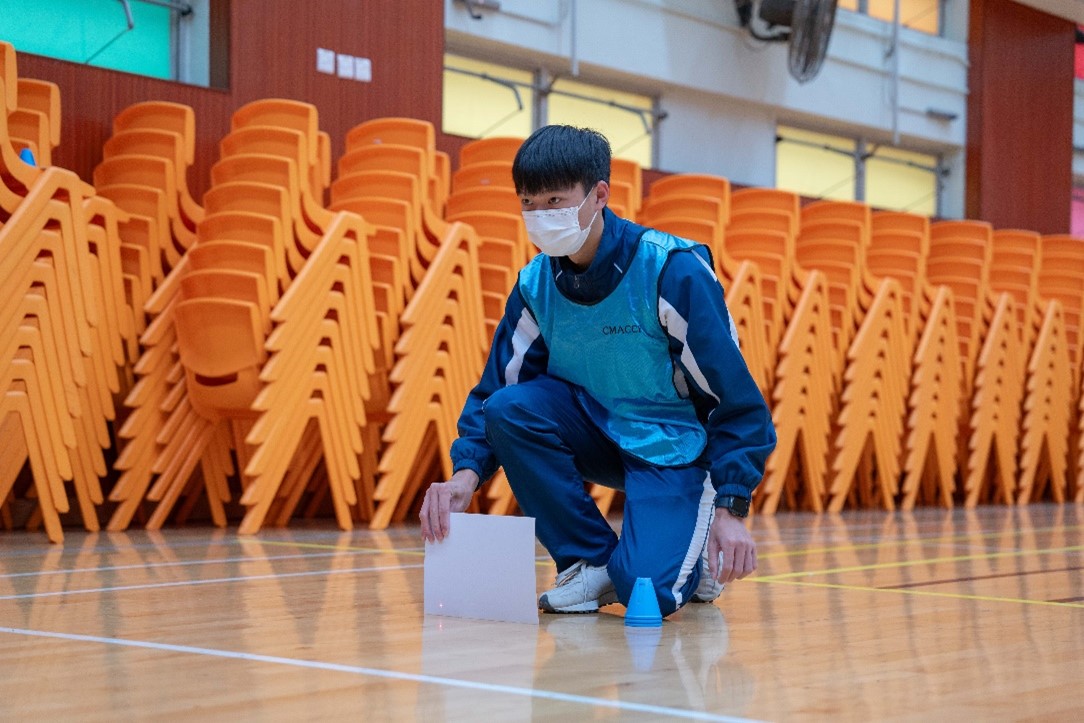 Helping Paper planes competition
|
||||||||||||||||
|
Learning resources
|
||||||||||||||||


